Increased number of people with sunburn and sunstroke
The man said that at first he felt a burning sensation, but then it became itchy and uncomfortable, so he scratched. After two days, his skin became blistered, infected, and torn. The condition became more serious, so he went to see a dermatologist for examination.
Similarly, Ms. T., 40 years old, drove home and was exposed to sunlight for 2 hours, causing sunburn on her face and chest with many red, painful spots.
These are 2 of hundreds of skin disease cases that came to the Dermatology - Cosmetic Dermatology Department - University of Medicine and Pharmacy Hospital, Ho Chi Minh City during the current peak of hot weather.
According to Master - Doctor Ta Quoc Hung, Department of Dermatology - Cosmetic Dermatology, the rate of patients coming to the clinic during the hot weather has doubled compared to the previous month. The focus is on diseases such as irritant dermatitis, sunburn, photodermatitis,...
"People who work regularly under the sun such as drivers, construction workers, electricians, people with autoimmune diseases such as lupus, people with skin sensitive to light... are groups that are susceptible to skin damage due to the effects of UV rays from sunlight," Dr. Hung shared.
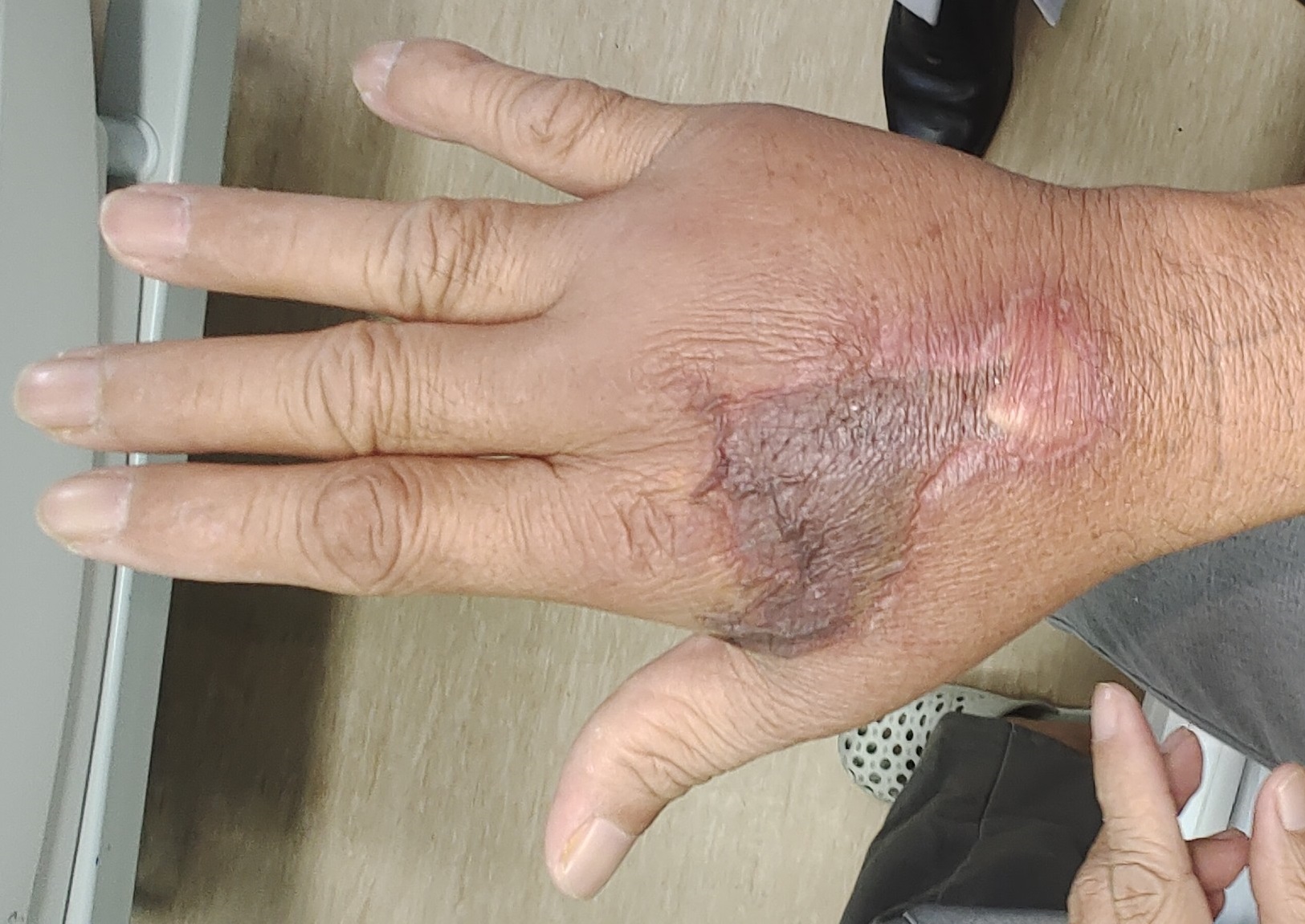
The driver's hands were burned while driving in the sun.
How long does it take for sun exposure to cause skin burns?
Dr. Ta Quoc Hung shared that UV rays, also known as ultraviolet rays, are colorless ultraviolet rays. UV rays are divided into 3 types: UVA, UVB and UVC. UVA rays can penetrate clouds and cause skin aging. UVB rays partially penetrate the ozone layer and cause skin burns. UVC rays cause skin cancer, but fortunately, they are absorbed by the ozone layer.
The UV Index is an international standard measurement of the strength of ultraviolet rays from the sun, ranging from 1 to 11+. Depending on the level of exposure, the longer and higher the intensity of UV rays, the more damage will be caused to the skin.
Level 1-2 is low, benign, and does not harm the skin if exposed for less than 60 minutes. At UV levels 3-4, the intensity of ultraviolet rays has increased significantly. Direct skin exposure to the sun continuously for 40 minutes can cause skin burns and sunburn.
Similarly, when the UV index is at 5-6, the time spent outdoors without protection can cause heat burns in 30 minutes. If you stand in the sun continuously for about 6 hours, it will lead to dizziness, lightheadedness, halos in the eyes causing hallucinations and fainting.
At UV index level of 7-8, the time it takes to burn skin when exposed to hot sun is 30 minutes. And when UV index is at level 9-11, the time it takes to burn skin is reduced to 10 minutes.
Be careful when it's shady
According to Dr. Hung, there are some cloudy days, but the UV index is still high. Many people are careless and go out without protection, or do not apply sunscreen..., this is also the cause of increased skin diseases.
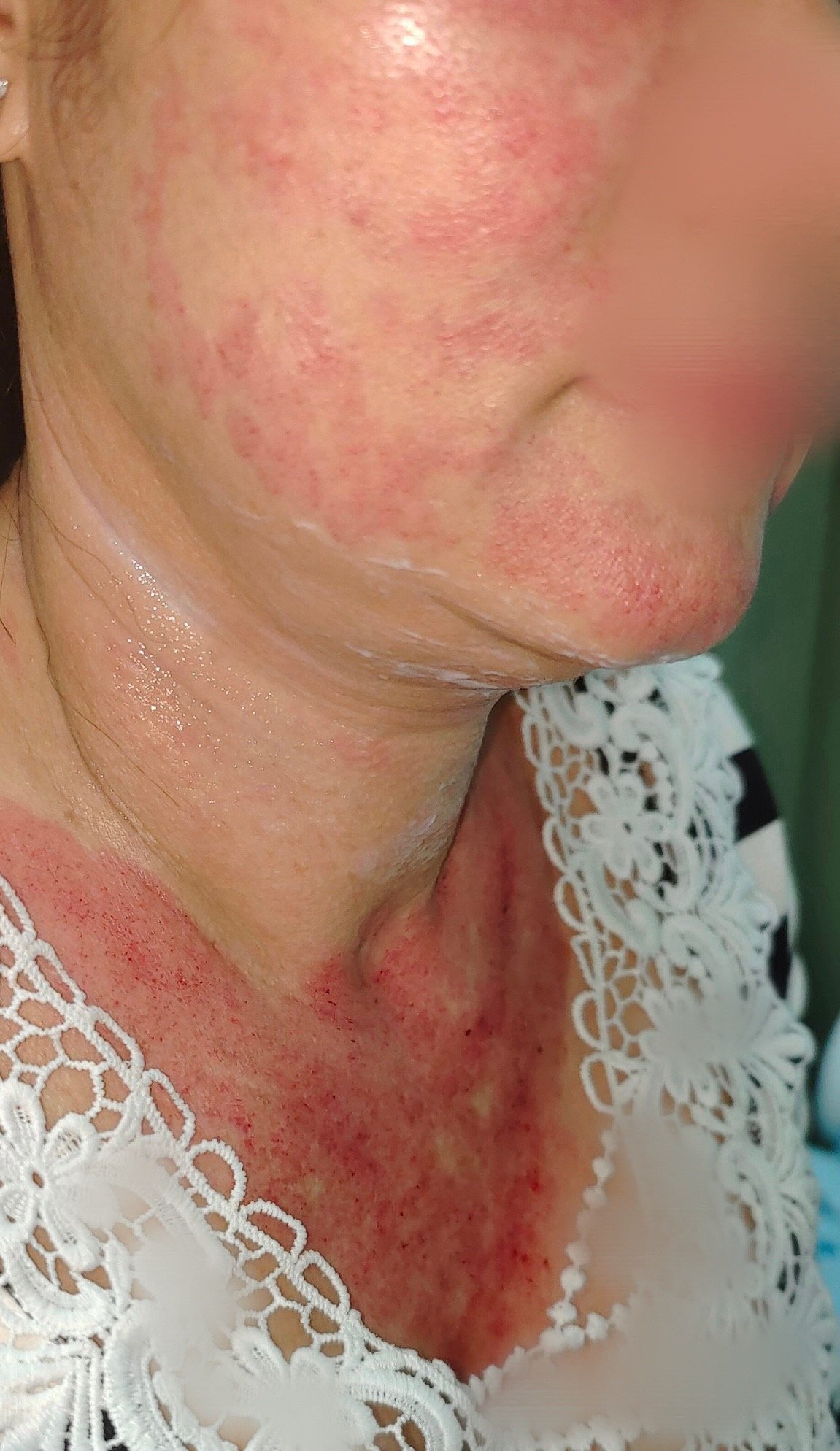
A patient suffered skin burns from being in the hot sun for a long time.
Should choose thick cotton fabric to cover the skin, wear a hat with a brim over 3 cm wide
Doctor-CKII Le Vi Anh, Department of Dermatology - Dermatology, University of Medicine and Pharmacy Hospital, Ho Chi Minh City, stated that UV rays can harm the skin at any time of the day. The highest UV intensity will fall between 10am - 4pm.
People should limit going out, when going out should wear long-sleeved jackets, thick cotton material enough to cover, avoid sunlight from penetrating. Dark colored clothes will help protect better than light colored clothes.
Wear a wide-brimmed hat with a 3cm or more brim to ensure coverage of the face, neck, and chest. Use sunscreen with an SPF of 30-50. According to research, sunscreen with an SPF of 30 protects the skin by about 97% from UV rays, sunscreen with an SPF of 50 protects 98%, and sunscreen with an SPF of 80 protects 99%. However, experts recommend not using sunscreen with an SPF that is too high because it can cause skin irritation.

People should wear long-sleeved shirts and pants to avoid direct sunlight.
According to Dr. Vi Anh, in normal conditions, sunscreen should be applied every 2 hours, 20-30 minutes before going out. When swimming or in conditions where you sweat easily, you should apply it every 1 hour.
You can also take sunscreen pills. With the main ingredient being antioxidants, sunscreen pills help prolong the exposure time that can be harmful to the skin, for example, 30 minutes instead of 15 minutes.
Besides, you should drink lots of water and eat red foods like tomatoes and watermelon which contain lots of vitamins A, C, E... to help increase sun protection.
Source link








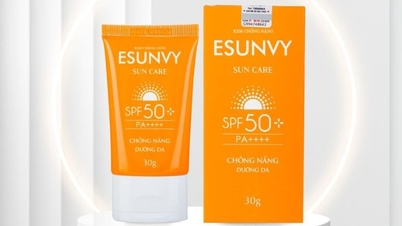


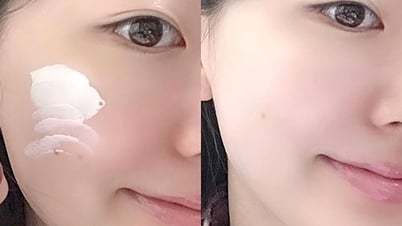
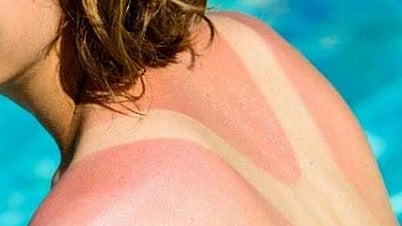








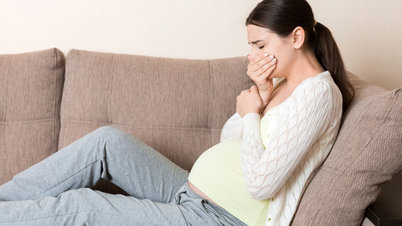

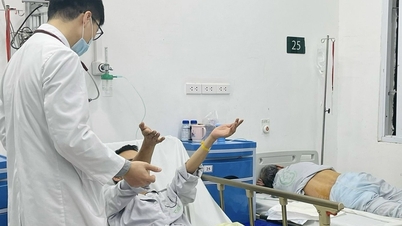





































































Comment (0)